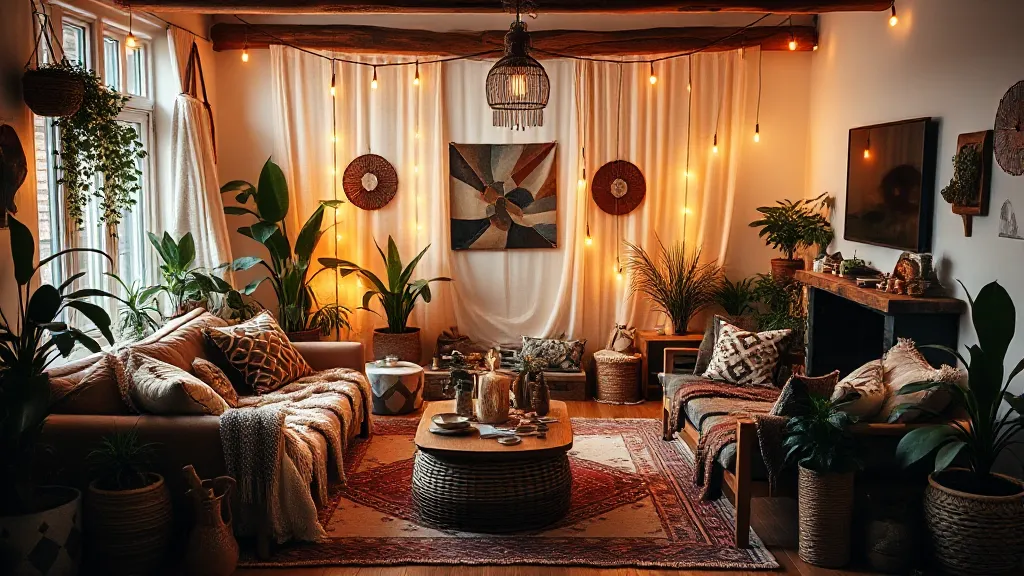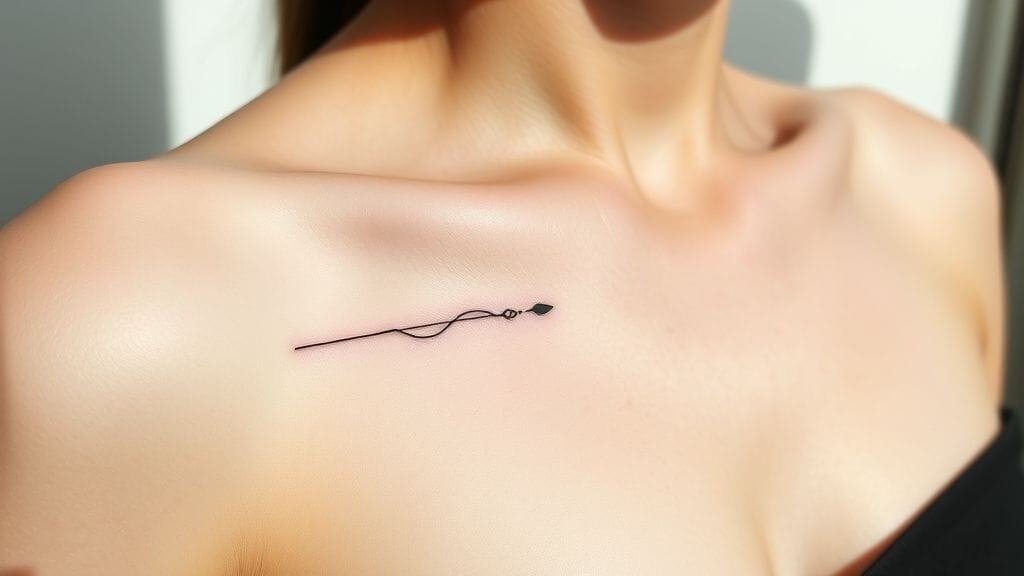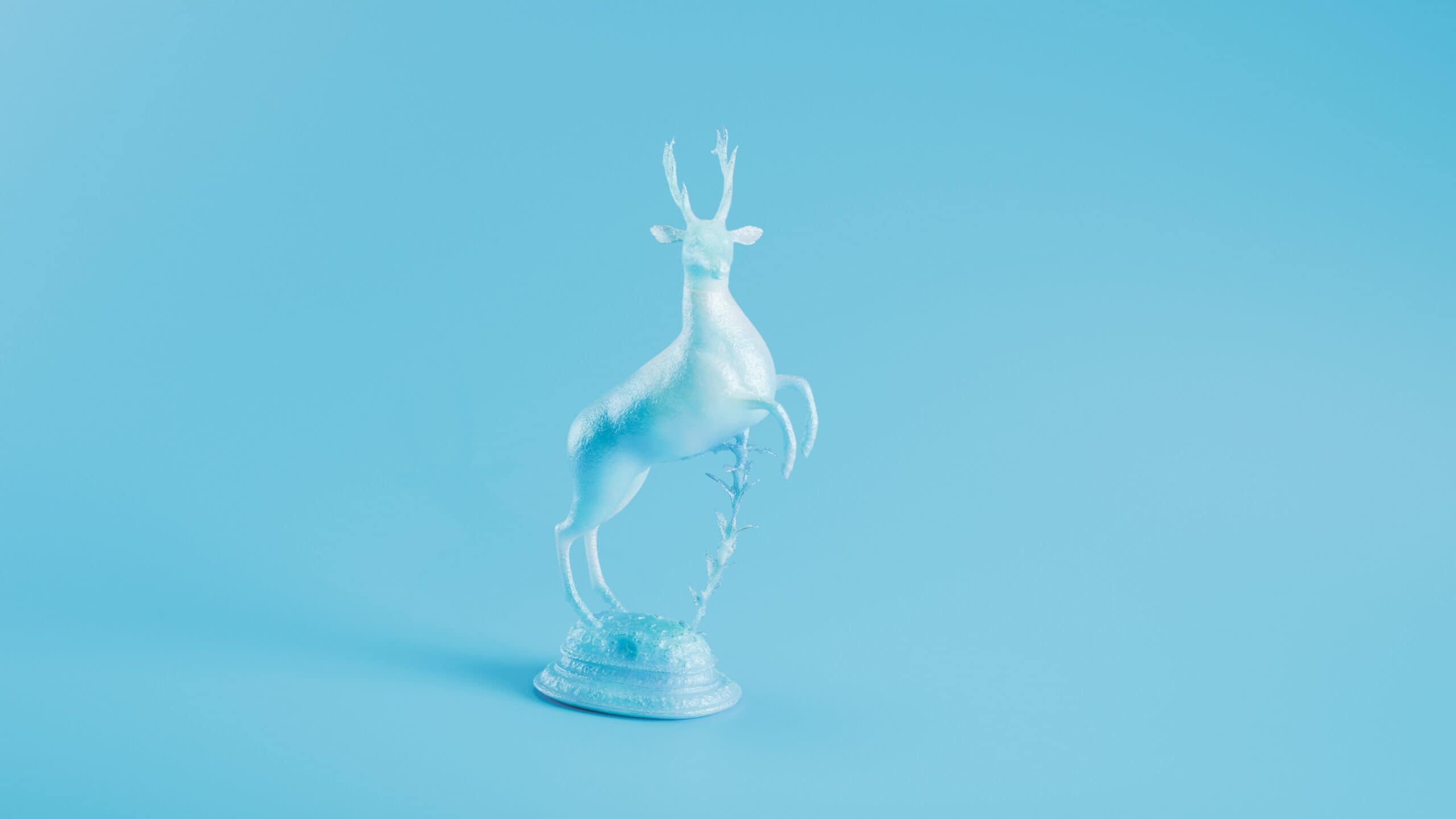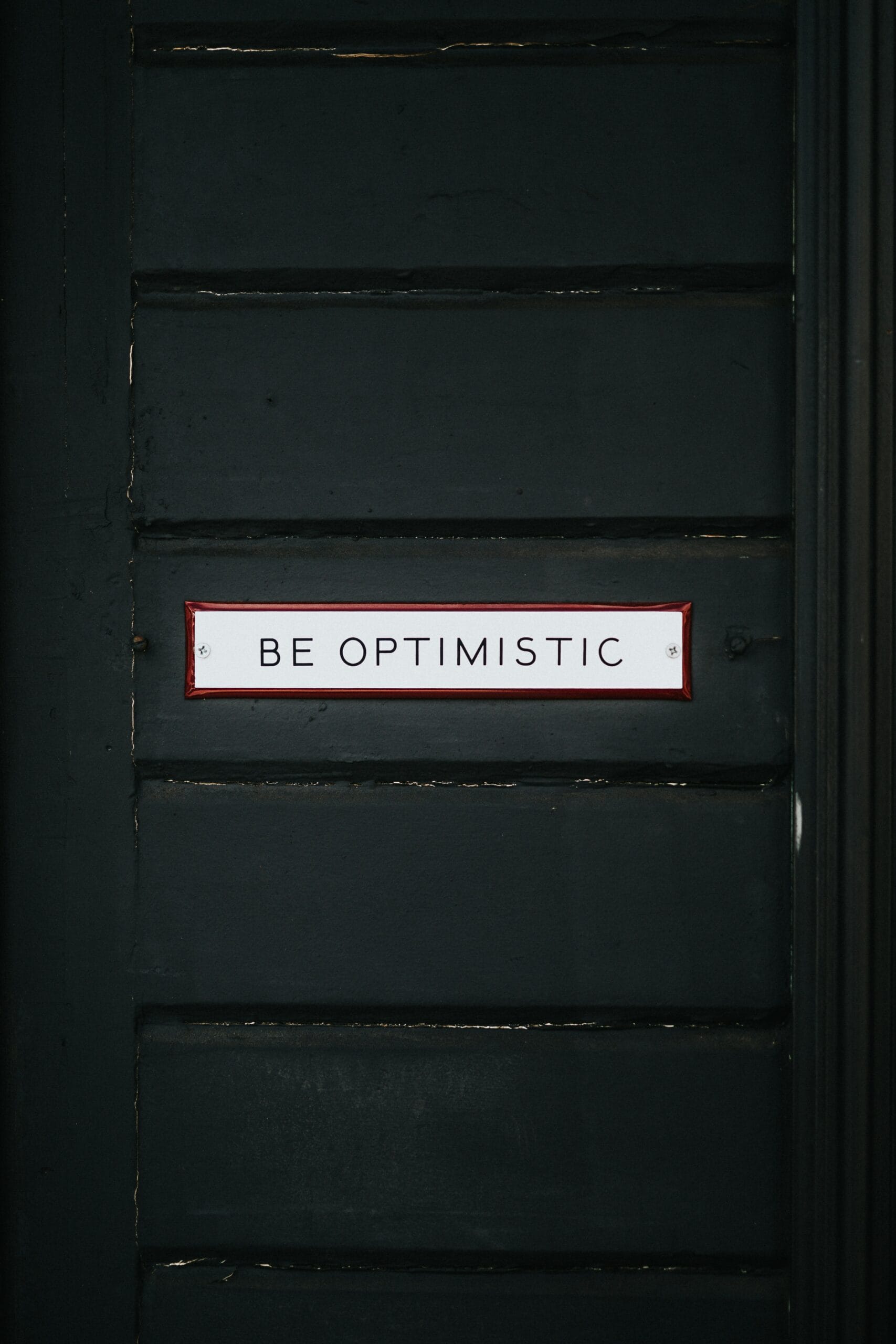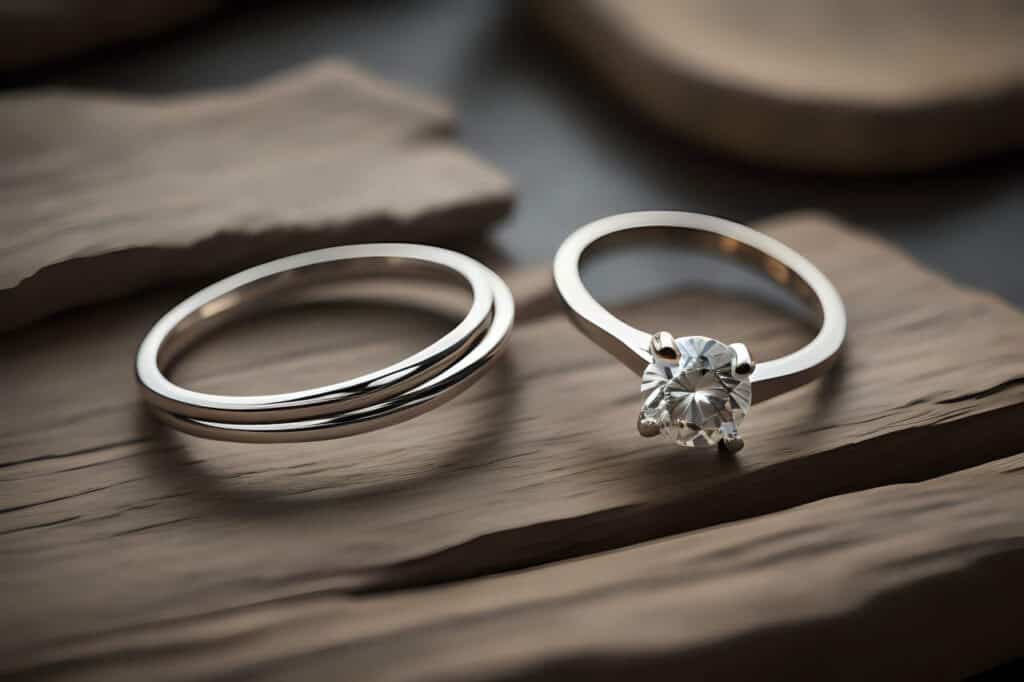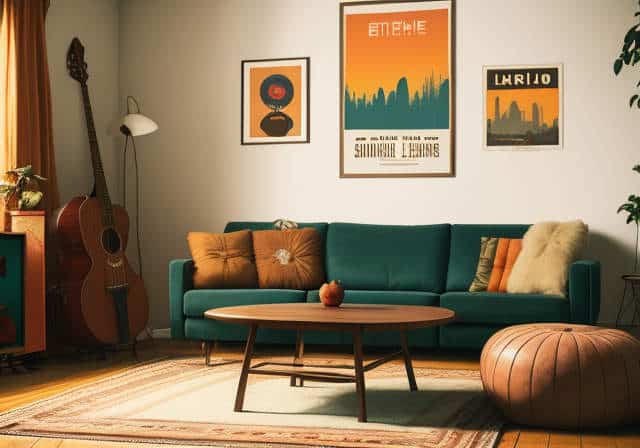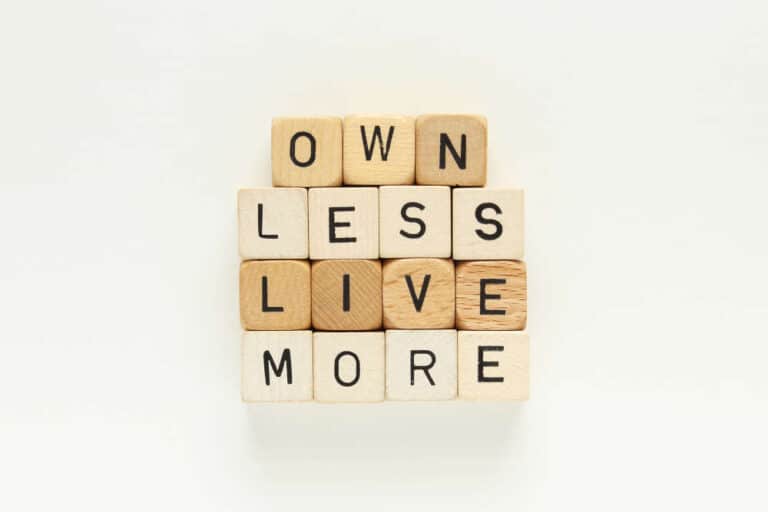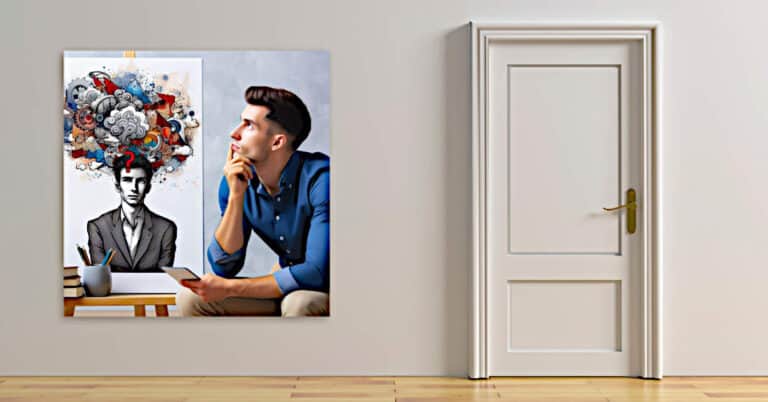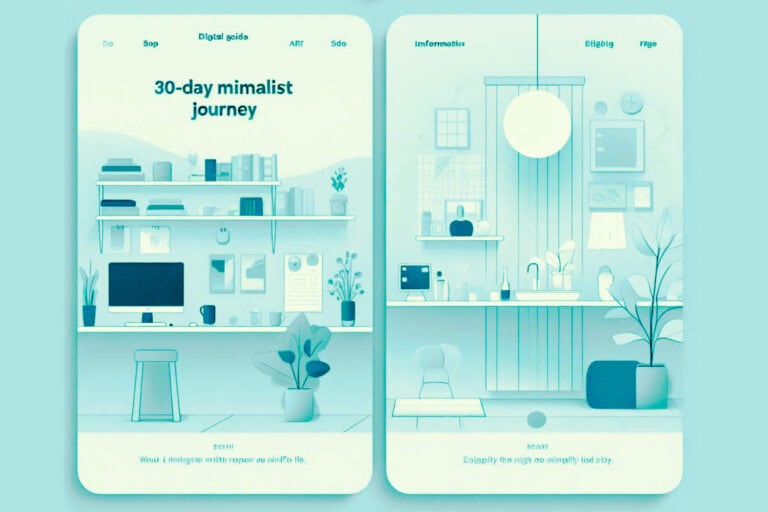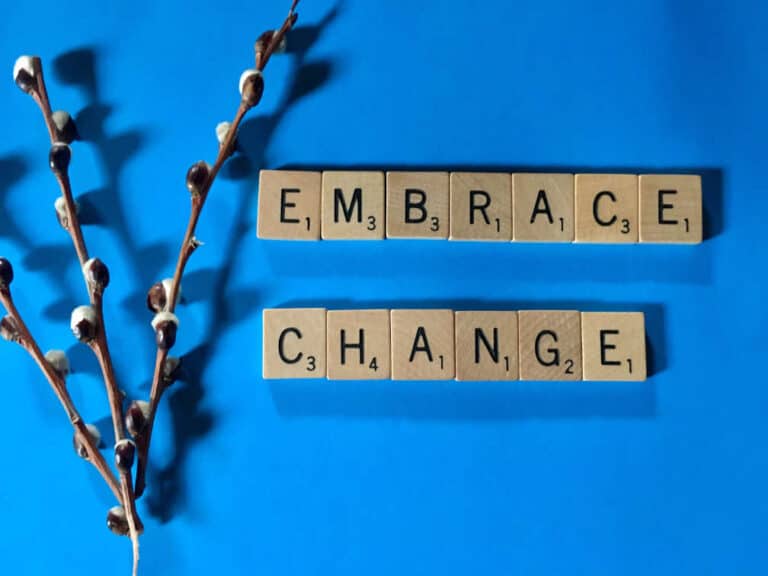How to embrace a minimalist lifestyle- 10 viewpoint ideas
How to embrace a minimalist lifestyle and learn practical tips to simplify every aspect of your life. Discover a new path to fulfillment.
| Section | Key Takeaways |
|---|---|
| Definition | Minimalism emphasizes on essentialism, intentional living, and decluttering. |
| Core Principles | – Focusing on essentials |
| – Living intentionally | |
| – Decluttering | |
| – Embracing simplicity | |
| – Experiences over possessions | |
| – Money savings | |
| – Environmental benefits | |
| – Focus and satisfaction | |
| Benefits | – Reduced stress |
| – More free time | |
| – Money savings | |
| – Improved finances | |
| – Environmental benefits | |
| – Focus on health | |
| – Clarity | |
| – Growth | |
| – Fulfillment | |
| – Creativity | |
| Getting Started | 1. Set Your Intention |
| 2. Know Your Motivations | |
| 3. Set Goals | |
| 4. Learn About Minimalism |
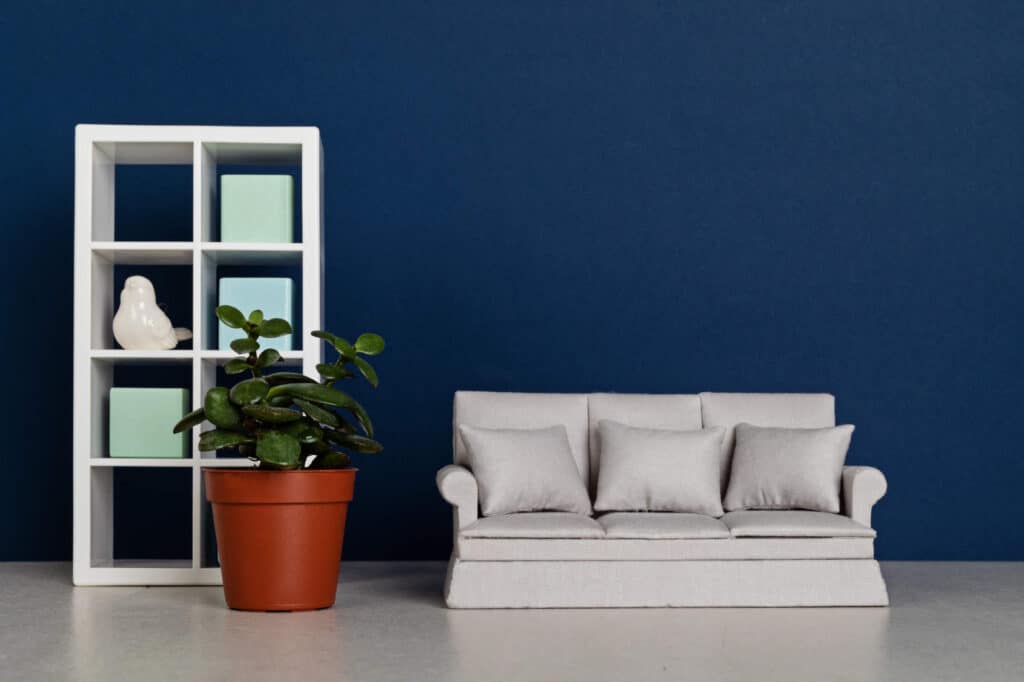
Learn simple ways to “How to embrace a minimalist lifestyle” by decluttering your home, reducing possessions, focusing on essentials, embracing simplicity, and living with purpose. A guide to help you prioritize what matters most.
How to Embrace a Minimalist Lifestyle: The Complete Guide
Living a minimalist lifestyle is becoming increasingly popular as more people realize the benefits of decluttering and focusing on the essentials. A minimalist lifestyle allows you to reduce stress, save money, and focus on what really matters most to you.
If you’re looking to make a change and embrace minimalism yourself, this comprehensive guide will teach you everything you need to know. We’ll cover the key principles of minimalism, tips for decluttering your home, advice for socializing and travel as a minimalist, and much more.
What is Minimalism?
Minimalism is a lifestyle that emphasizes keeping only what you really need and eliminating everything else. It allows you to focus on experiences rather than possessions. The core principles of minimalism include:
- Focusing on essentials – Reduce clutter and only keep items that are absolutely necessary and useful to you. Get rid of the rest.
- Living intentionally – Be deliberate in what you choose to own and buy. Carefully evaluate each possession.
- Decluttering – Remove unused, unneeded or unwanted items from your home and life. Aim to regularly declutter.
- Embracing simplicity – Choose simple, functional items over complicated, excessive ones. Simplify aspects of your lifestyle.
- Experiences over possessions – Value memories and experiences over material items. Don’t find happiness in shopping and acquiring.
- Money savings – Cut unnecessary spending and be wise with money. Save and spend on what aligns with your values.
- Environmental benefits – Having fewer possessions reduces your environmental footprint. Minimalism is sustainable living.
- Focus and satisfaction – Remove clutter so you can focus on what matters most. Find satisfaction in living simply.
The goal of minimalism is to remove excess and distraction so you can live more intentionally. It helps you find happiness in experiences, relationships, passions and purpose rather than in material possessions.
Benefits of a Minimalist Lifestyle
Embracing minimalism offers many rewards:
Reduced Stress
A cluttered home leads to a cluttered mind. Getting rid of excess items helps create a calmer environment so you can feel relaxed and focused each day. Owning less also means having less to clean, organize and manage.
More Free Time
You’ll gain more free time when you no longer need to care for and organize a lot of unnecessary possessions. You can devote this time to hobbies, passions, relationships or just rest.
Money Savings
Purchasing less and avoiding impulse buys will allow you to save significantly each month. You can use these extra funds however aligns with your values – investing, travel, charity, etc.
Improved Finances
In addition to saving money, minimalism helps you avoid falling into debt for unneeded items. You become very intentional and discerning with every purchase.
Environmental Benefits
Choosing to own less means consuming less overall, which reduces your environmental footprint. Minimalism enables sustainable, eco-friendly living.
Focus on Health
More space, time and money enables focus on keeping your body healthy through proper sleep, diet, exercise, and medical care.
Clarity
Removing clutter clears your mind and helps you focus on what’s truly important to you. You’ll gain clarity about your priorities and passions.
Growth
Living with less frees you to leave your comfort zone and try new things. It enables big life changes and fosters personal growth.
Fulfillment
You’ll find more fulfillment in experiences and deep relationships than in material things. Minimalism leads to lifestyle satisfaction.
Creativity
With fewer distractions, you’ll have mental space to tap into your creativity again. Minimalism enhances innovative thinking.
The benefits of minimalism extend to all areas of life. Adopting this lifestyle allows you to focus on what matters most and find deeper meaning, purpose and fulfillment.
How to Become a Minimalist: Getting Started
Transitioning to minimalism takes thoughtful action over time. Here is a step-by-step guide to getting started:
1. Set Your Intention
First, think about why you want to embrace minimalism and what your goals are. What outcome do you hope for? Get clear on the benefits you seek, like reduced stress, more savings or a simpler lifestyle.
2. Know Your Motivations
Next, understand what motivates you to live with less. Is it to spend more time with loved ones? Focus on your wellbeing? Pursue big goals? Align your minimalism principles with what matters most.
3. Set Goals
With your motivations and desired benefits in mind, set specific, measurable goals. They might include:
- Only own items I’ve used in the past month
- Save $500 each month
- Spend weekends on hobbies instead of errands
- Host monthly dinners with friends
4. Learn About Minimalism
Research minimalist principles and tips before adopting this lifestyle fully. There are many blogs, books, podcasts and videos to teach you best practices and mindsets. Utilize minimalist resources.
5. Start Small
Don’t overhaul your whole life at once. Begin with small steps like decluttering one area or taking on a temporary “no spend” month. Build momentum gradually. Every step counts.
6. Replace Behaviors
To own less going forward, avoid unnecessary purchases. Shop consciously. When you need something, first look for it used or borrow it rather than buying new. Replace old habits with new ones.
7. Find Support
Share your intention to live minimally with close friends or family. Their encouragement can help you stay motivated. Join online or local minimalism groups too. Connect with like-minded people.
By taking purposeful steps, you can adopt a minimalist lifestyle over time. The process allows you to thoughtfully transition while consistently making progress. Be patient with yourself and celebrate every achievement along the way!
Decluttering Your Home Like a Minimalist
The first – and often most daunting – step in minimalism is going through all your belongings and decluttering. This process takes time and needs to be repeated regularly. Follow these tips to declutter like a minimalist:
Have the Right Mindset
Approach decluttering with an open, positive mindset. Be willing to let go of items and acknowledge that discarding what you don’t need will improve your life and environment. Stay focused on your goals.
Commit Time
Dedicate enough time in your schedule to declutter properly. Don’t try to rush through it. Decluttering may take many hours or days depending on your home size. Schedule sessions in chunks.
Start Small
Focus your first session on fast results to build momentum. Tackle smaller spaces like a closet, drawer or one room first. Don’t get overwhelmed trying to declutter everything at once.
Use the “Keep, Toss, Maybe” Method
As you evaluate items, ask yourself: do I need this? Do I use it? Do I love it? Categorize each item as “keep”, “toss” or “maybe”. Be extremely selective about what you keep.
Adopt the “One In, One Out” Rule
Before bringing any new items into your home, get rid of an equal number of items. This ensures you don’t accumulate again after decluttering.
Donate & Sell Items
If items are in good condition, donate them to charity organizations so others can benefit. You can also try selling quality items online or at local resale stores.
Discard Broken & Unused Items
Be honest with yourself. If you haven’t used it in years, it’s broken or a duplicate, discard it. Don’t let unused possessions take up valuable space.
Store Items Mindfully
If storing items long-term, use space-efficient techniques like vacuum compression bags. Store mindfully so you use what you save.
Declutter Regularly
Schedule decluttering as a recurring task. Minimalism involves regularly evaluating what you own and discarding excess on an ongoing basis.
By following these practices, you can effectively declutter your home room-by-room and adopt a minimalist lifestyle over time. Just take it one step at a time.
Tips for Minimalist Decorating
Decluttering is the first step, but thoughtful home decorating is also important. Follow these tips to decorate your home minimally:
- Stick to a neutral color palette of two to three colors
- Choose furniture pieces that are versatile and multifunctional
- Display items cleanly and neatly, not cluttered
- Rotate decor seasonally so you always have just what you need
- Focus on quality over quantity with your decor
- Use greenery like plants or fresh flowers for natural decor
- Incorporate meaningful art that sparks joy
- Utilize clean lines, simple patterns, and good lighting
- Multipurpose spaces for efficiency like a studio-office
- Create open, airy spaces with dual-purpose furniture
- Display collections neatly and minimally, not overwhelmingly
The goal is to decorate in a way that feels open, airy, and soothing. Every piece should serve a function and spark joy for you, not just fill up space. A minimalist home feels intentionally designed.
Adopting Minimalist Fashion
Your wardrobe is another area that needs decluttering and simplification when embracing minimalism. Follow these fashion tips:
The Core Wardrobe Approach
Build interchangeable capsule wardrobe of versatile neutrals like black, white, grey, blue. Add pops of color with scarves or shoes as desired.
Quality Over Quantity
Care for fewer pieces that are sustainably made and last over seasons, not cheap disposable fast fashion. Invest in quality.
Multipurpose Pieces
Choose clothing like button-ups, blazers, and dresses that transition smoothly across contexts – from workday to weekend.
Neutral Basics
Stick to fundamental pieces like tees, button-downs, blouses, etc. in neutral colors. You can easily mix, match and accessorize.
Avoid Excess
Only keep essentials that fit your lifestyle. Avoid overly trendy or seasonal pieces that will quickly go to waste.
Compact Storage
Use space-efficient closets, drawer organizers, hanging shelves, and vacuum storage bags to neatly store clothes.
Regularly Clear Out
Go through your closet seasonally to donate or consign unused pieces so it doesn’t become cluttered again.
Maintaining a minimalist wardrobe takes mindfulness, but allows you to curate a functional mix-and-match style you love. You’ll also reduce fashion waste.
Traveling Light as a Minimalist
You can maintain minimalism while traveling by packing selectively and thoughtfully. Use these lightweight travel tips:
Capsule Packing
Build a coordinating travel capsule that mixes and matches well. Stick to versatile essentials in neutral colors.
Lightweight Luggage
Use lightweight, compact luggage like a carry-on bag, backpack or small duffel to avoid checking bags.
Multipurpose Items
Choose clothing and gear that can serve multiple uses during travel – dresses over separates, shoes both for hiking and dining out, etc.
Minimal Toiletries
Bring just small amounts of necessary toiletries like soap, shampoo, medication, etc. Purchase more if needed later.
E-Books Over Print
Bring your e-reader pre-loaded with books rather than packing heavy hardcovers. Download maps, music and movies too.
Wear Bulkiest Items
Wear bulky shoes and jackets on travel days to maximize space in your luggage.
Track Belongings
Use a checklist to track what you pack and bring back home so nothing gets left behind. Travel apps can help with inventory.
Buy Mindfully
Avoid buying excessive souvenirs. Instead capture memories through photos, food or small handmade local goods.
Traveling light takes some adjustment but enables true mobility. You’ll have the freedom to be on the move without hassle.
Tips for Socializing as a Minimalist
Practicing minimalism when socializing or attending events is important too. These tips can help:
- Suggest going to parks, museums or restaurants instead of cluttered stores or homes
- Bring just what you need like a small crossbody purse with the essentials
- Offer to host potlucks or gatherings at your neatly organized space
- Politely decline party favors, gift bags, and items you don’t need
- Advocate for giving experiences instead of physical gifts
- Participate in meaningful conversations that go beyond material things
- Bond through activities, games or volunteering together
- Explain minimalism to curious friends so they understand your lifestyle
The goal is to focus on quality time together. Never let others’ consumption habits negatively impact your own values. It may inspire friends to evaluate their own possessions and priorities.
Saving Money as a Minimalist
A minimalist lifestyle allows you to significantly reduce expenses and increase savings. Here are great tips for saving:
- Avoid Impulse Purchases – Always pause and contemplate a purchase. Avoid buying in the moment.
- Shop Secondhand First – Check thrift stores, Craigslist and Facebook for quality used items before buying new.
- Use Cash – Using cash makes spending more tangible. Don’t rely solely on cards.
- Track Your Spending – Review monthly expenses and look for unnecessary costs to cut back on.
- Limit Restaurants – Eat out less frequently. Cook healthy meals at home. Make coffee at home.
- Negotiate Bills – Look for ways to reduce your fixed monthly bills and services. Call providers to negotiate rates.
- Take Public Transit – Skip the car payments and gas costs and use public transportation. Walk or bike locally.
- Entertain Inexpensively – Host potlucks, game nights, home workouts or movie marathons instead of expensive outings.
- Use Rewards Programs – Take advantage of cash back, points and coupons but only for essential purchases.
- Wait 48 Hours Before Purchases – Give yourself time to evaluate if an item is absolutely necessary or just impulsive.
- Save Automatically – Set up recurring transfers from checking to high-yield savings accounts to pay yourself first.
The less you spend, the more you can save towards your short and long term goals. Minimalism enables meaningful use of your hard-earned money.
Dealing with Clutter Gifting
A challenge you’ll face is dealing with well-intentioned friends and family giving unnecessary or clutter-creating gifts. Use these tips:
- Talk to loved ones early about wanting experience gifts rather than material goods.
- For weddings or baby showers, set up a small, minimalist registry focused on upgrades of essentials you need.
- Ask for gifts that are consumable like fancy food, wine or coffee so they won’t add clutter.
- See if the giver has the receipt so the item can be politely returned or exchanged for something you’ll use.
- If not, donate or regift the item so someone else who needs it can benefit.
- For children’s birthday parties, request guests bring only one modestly sized gift, not piles.
- Teach children to write thank-you notes focused on the thought, not item.
The overall idea is open communication. Help loved ones understand experiences and clutter-free gifts give you lasting joy.
Answering Minimalism FAQs
When first adopting a minimalist lifestyle, you’ll likely have lots of questions. Here are answers to some frequently asked questions:
How many possessions should a minimalist have?
There’s no magic number that fits all. Only keep items that you use, need and truly value. The rest is excess. Everyone’s essentials will vary.
Does minimalism mean living empty and uncomfortable?
Not at all! You still keep necessary, useful items and decorate in a way that feels cozy. It just removes excess stuff that provides no value.
Isn’t throwing things away wasteful?
If items are in good condition, you can donate, gift or re-sell them so someone else benefits instead of trashing.
How do I declutter sentimental items?
Display truly special mementos in a chosen memory box. Take photos of some for remembering. For many items, the memory is in your heart – you don’t need the physical object.
Can kids be minimalists too?
Absolutely! Teach them early by minimizing playroom clutter, rotating toys, donating old items, and focusing on experiences over things.
As an artist or crafter, how can I be minimalist?
Keep only reasonable quantities of essential supplies. Store them neatly. Focus on quality over quantity. Minimize finished pieces in your house by regularly gifting items or selling at markets.
How do you budget and save money as a minimalist?
Track spending diligently, cut unnecessary costs, pay in cash to avoid overspending, automate savings, look for deals. Really think through every purchase.
Isn’t minimalism just a rich person trend?
Not at all – people across income levels embrace minimalism. It’s about determining what you truly need versus want and removing excess, regardless of what that is.
What do you do if your partner isn’t on board?
Have an open discussion on how you could both benefit. Compromise by first minimizing shared spaces and your own possessions. Over time, often partners start to see the appeal.
How do you decorate affordably as a minimalist?
Use versatile furniture that serves multiple functions. Choose neutral colors and simple prints. Bring in nature with plants. Display treasured artwork. Prioritize quality over trends.
Key Takeaways on Embracing Minimalism
If you’re looking to embrace a minimalist lifestyle, keep these core principles in mind:
- Declutter often – remove excess possessions that don’t serve you. Donate, sell or gift unused items.
- Curate belongings intentionally – carefully choose what you bring into your life based on utility and value.
- Focus on needs vs. wants – stick to the essentials across all spending and only buy necessities.
- Highlight multifunctional items – opt for furniture, clothing, decor, and gear that serves multiple purposes.
- Emphasize quality over quantity – own fewer high-quality items built to last.
- Value memories over things – cherish experiences and relationships more than material goods.
- Maintain open space – embrace simplicity and empty areas devoid of clutter.
- Spend on experiences – devote disposable income to activities, passions and adventure.
- Save aggressively – reduce expenses whenever possible and maximize savings.
- Simplify aspects of life – remove complexity and excess from all areas to focus on what matters.
- Cut unused subscriptions – evaluate monthly services and cancel any not utilized.
- Buy secondhand first – shop at thrift stores, consignment shops or online listings before buying new.
- Store items thoughtfully – use attractive yet functional storage to neatly organize possessions.
- Gift minimally – give only thoughtful, clutter-free gifts for holidays and birthdays.
- Live in the present – stay focused on the current day rather than accumulating for the future.
- Monitor waste – be mindful to minimize trash, plastic use, food waste and carbon footprint.
The minimalist lifestyle takes dedication but yields rewarding results – less stress, more savings, deeper purpose and greater freedom to live life to the fullest.

